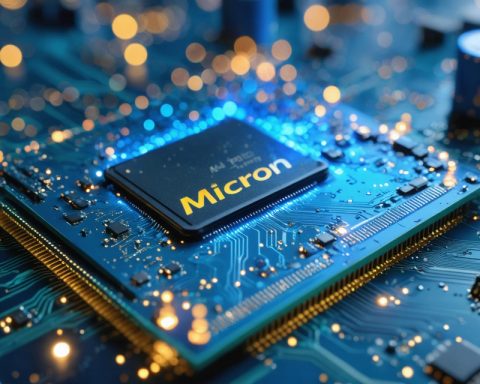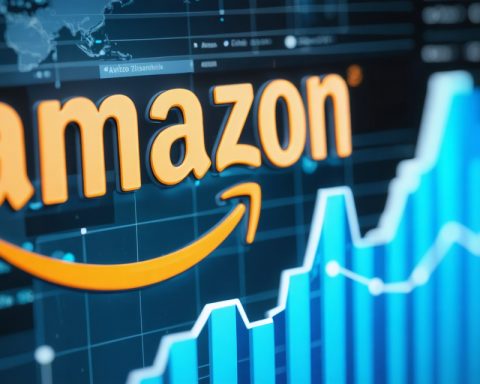The surge in artificial intelligence applications has significantly increased the energy demands of major tech companies, prompting them to seek sustainable energy solutions. Companies like Amazon are expanding their computing capabilities dramatically, leading to a quest for viable energy sources. To address this massive need for electricity, Amazon has announced substantial investments in the development of small modular reactors (SMRs).
These compact nuclear reactors are designed to generate power with reduced environmental impact. Energy Northwest, in Washington State, is set to construct four new reactors with the aim of being operational by the early 2030s, producing up to 960 megawatts of electricity. The innovative modular design allows for easier and more cost-effective installation compared to traditional reactors, despite the technology still being in its infancy.
Meanwhile, Google is partnering with Kairos, a California startup focused on advanced nuclear technologies. Their first experimental reactor, utilizing molten fluoride salts as coolant, received regulatory approval and is slated for construction in Tennessee, with plans to be operational by 2027.
Interestingly, Microsoft has opted to engage with established nuclear facilities rather than pursuing SMR technology at present. The company has reached an agreement to resurrect the Three Mile Island plant in Pennsylvania, which was shut down five years ago, to meet the rising energy demands fueled by AI advancements.
Harnessing Sustainable Energy: Tips, Life Hacks, and Interesting Facts
As the demand for energy surges due to the rapid growth of artificial intelligence applications, major tech companies are racing to find sustainable solutions. Here are some tips, life hacks, and interesting facts related to energy sustainability and the innovations in nuclear technology that are making headlines today.
1. Explore Renewable Energy Sources at Home
Incorporating renewable energy solutions in your lifestyle can reduce your carbon footprint. Consider installing solar panels on your roof, which can significantly lower your electricity bills and provide clean energy. Look for government incentives and rebates to ease the initial costs. More information can be found at Energy.gov.
2. Optimize Energy Usage
Utilize smart home devices to monitor and manage your energy consumption effectively. Smart thermostats, lighting, and appliances can help you save energy by adjusting usage based on your habits. Not only does this reduce your carbon footprint, but it can also lead to significant cost savings.
3. Educate Yourself on Nuclear Innovations
Stay informed about advancements in nuclear technology, like the small modular reactors (SMRs) being developed by companies such as Amazon and Google. Understanding these innovations can help you appreciate the role of nuclear power in sustainable energy. A great resource for understanding these technologies is World Nuclear Association.
4. Participate in Community Energy Projects
Joining local initiatives that focus on renewable energy projects can foster a sense of community and promote sustainable energy practices. Look for community solar or wind projects in your area that allow you to invest in renewable energy and benefit from shared savings.
5. Advocate for Sustainable Policies
Engage with local policymakers to express your support for sustainable energy initiatives. Whether it’s supporting new nuclear projects or renewable energy investments, your voice can contribute to shaping a greener future.
Interesting Fact: The Role of Small Modular Reactors (SMRs)
SMRs are gaining attention due to their compact size and lower capital costs compared to traditional nuclear reactors. They can be deployed in various locations, making them a flexible option for energy generation. As companies like Amazon and Google invest in this technology, it’s essential to recognize its potential to power data centers sustainably.
Interesting Fact: Resurrecting Old Nuclear Plants
Microsoft’s decision to revive the Three Mile Island plant provides a unique insight into how older facilities can contribute to meeting current energy demands. This move showcases the importance of re-evaluating existing resources as part of a comprehensive energy strategy.
By implementing these tips and following the exciting developments in sustainable energy, you can contribute to creating a more environmentally friendly future while also maximizing your energy efficiency. For more information on sustainable practices and energy solutions, visit NREL.








